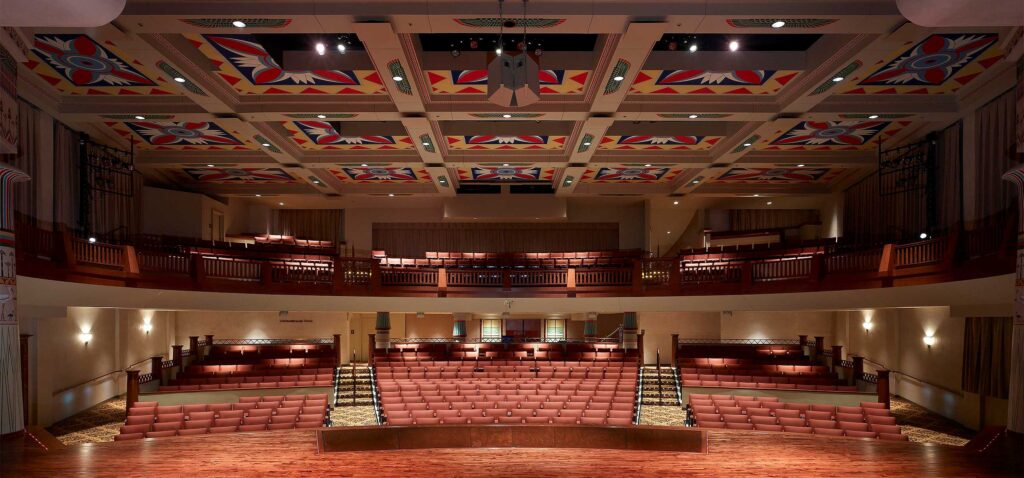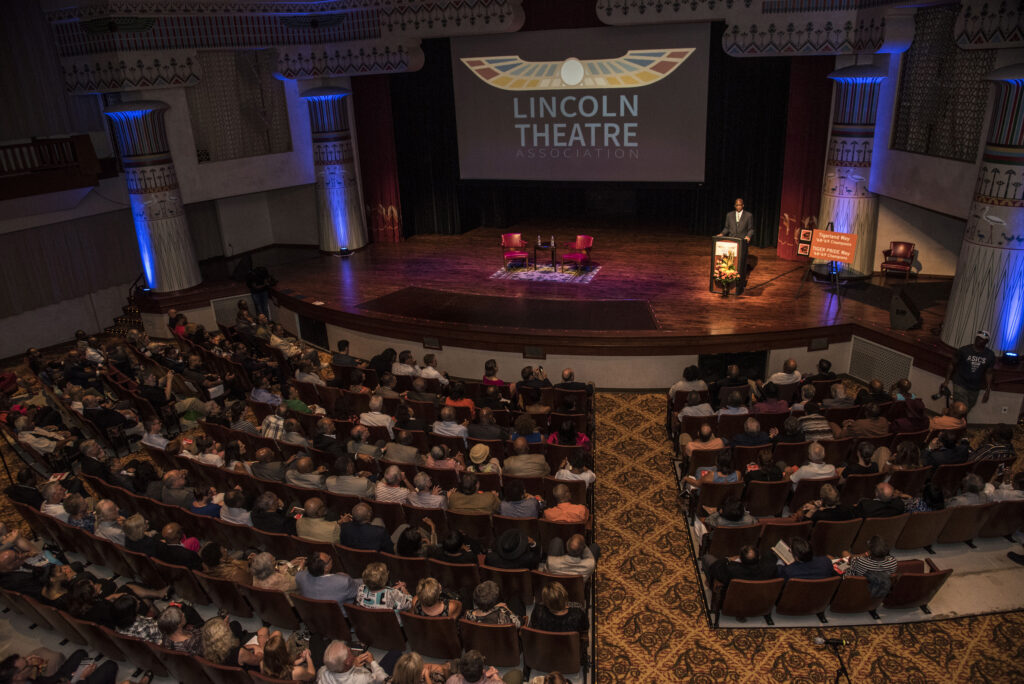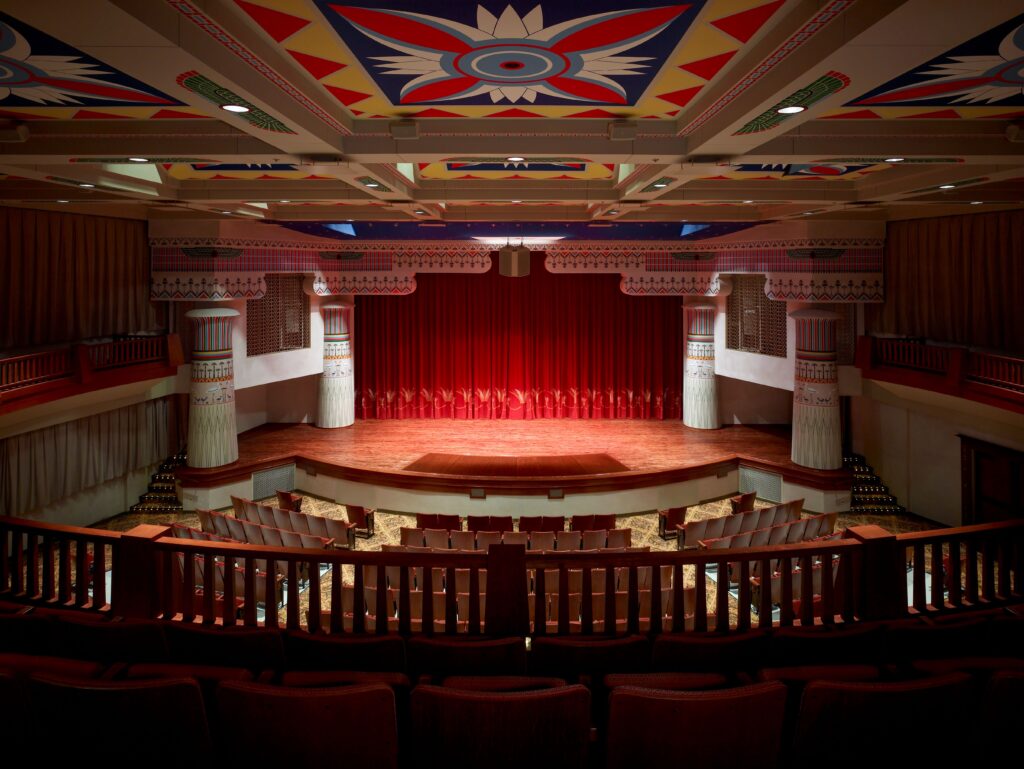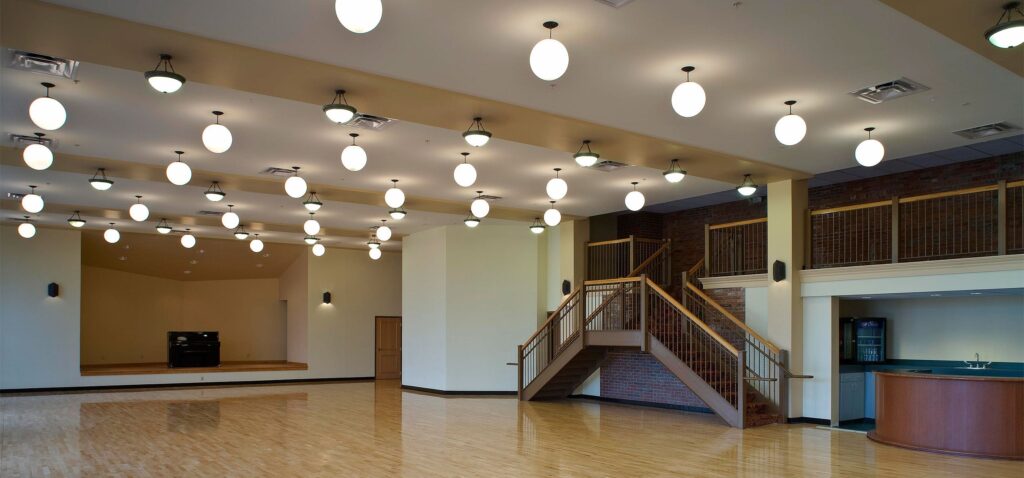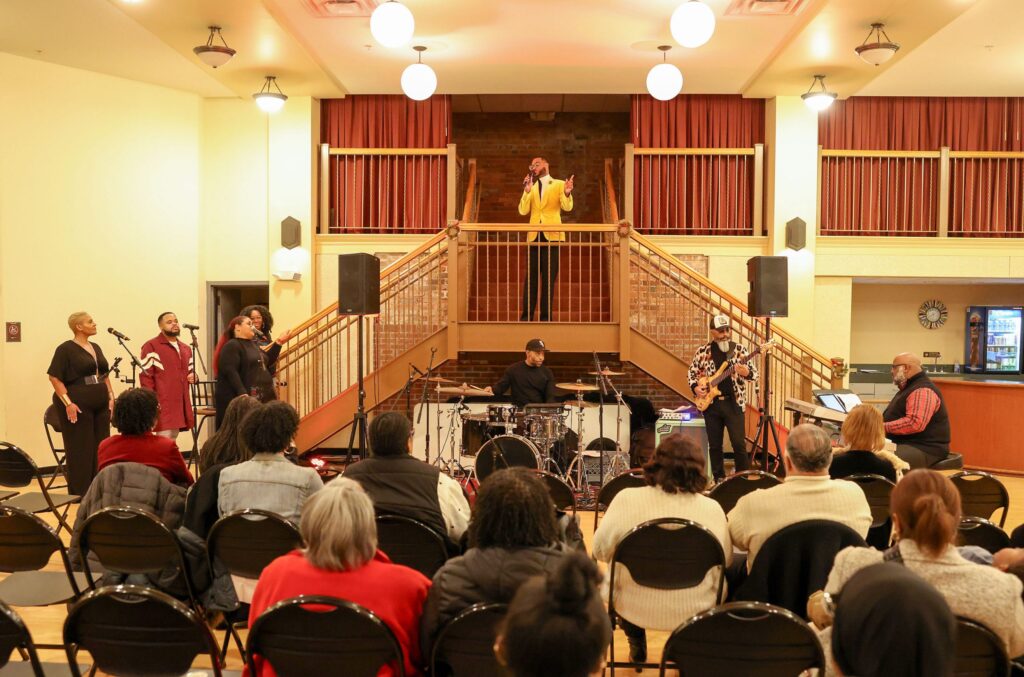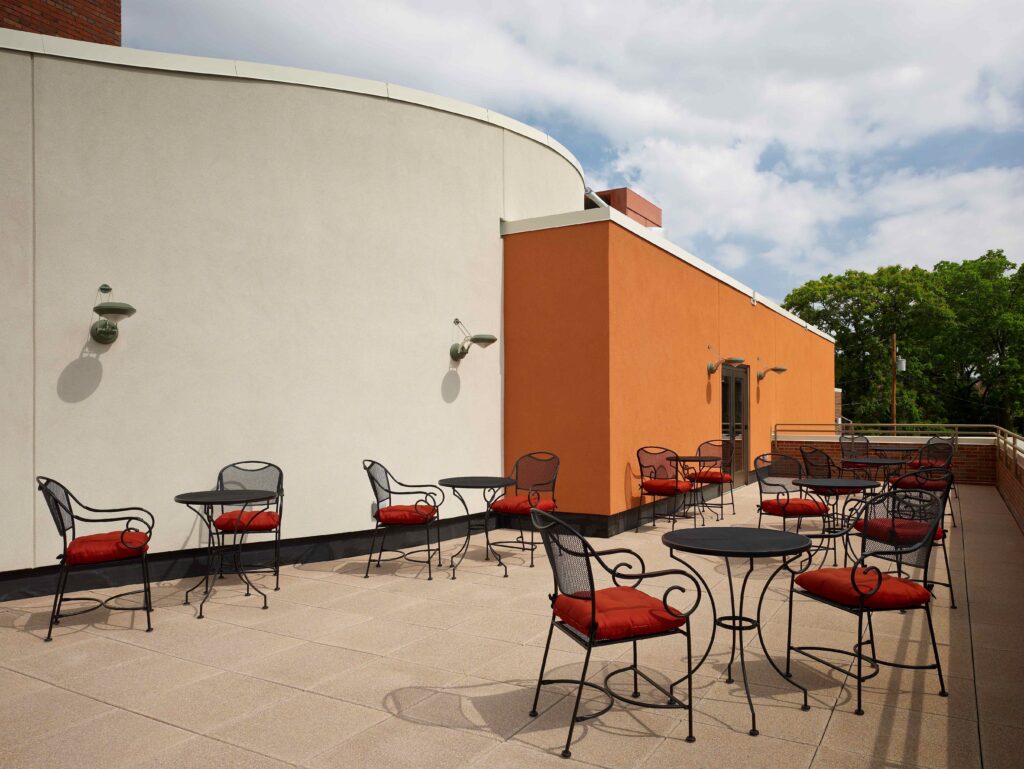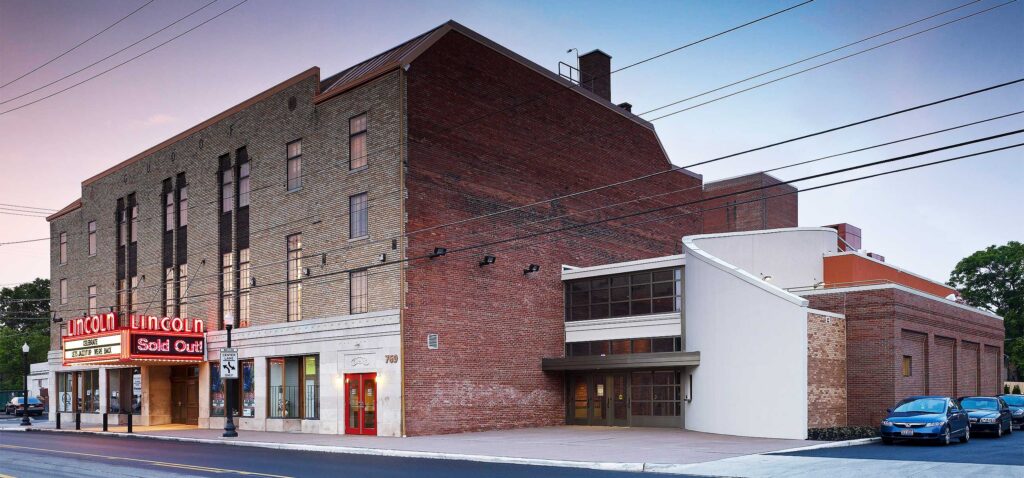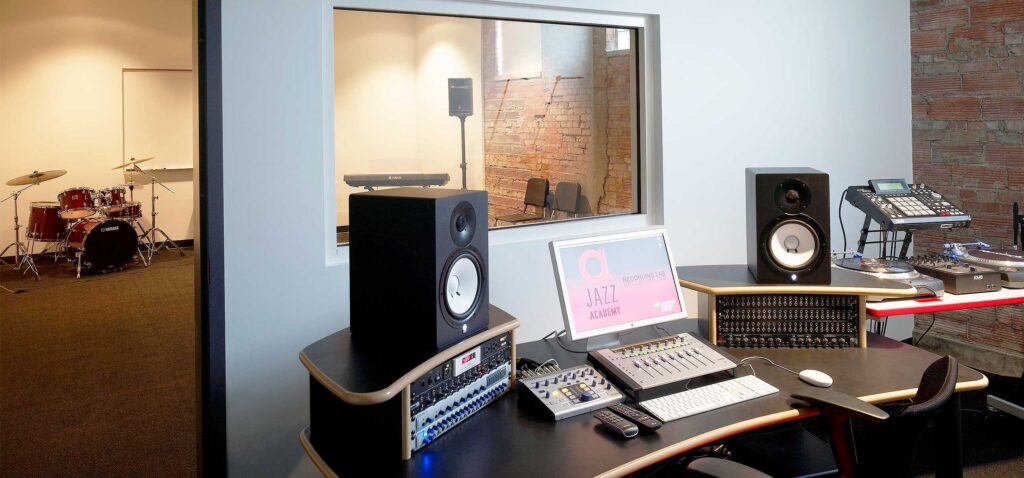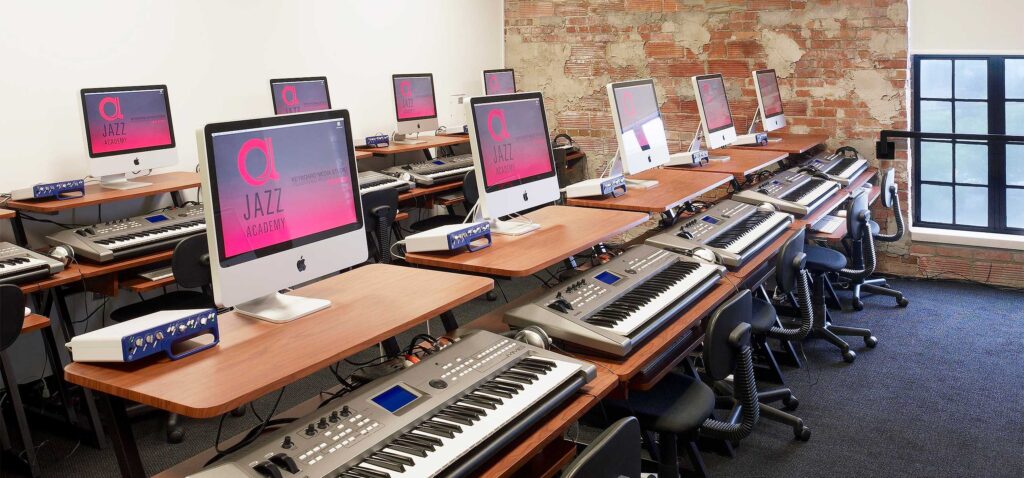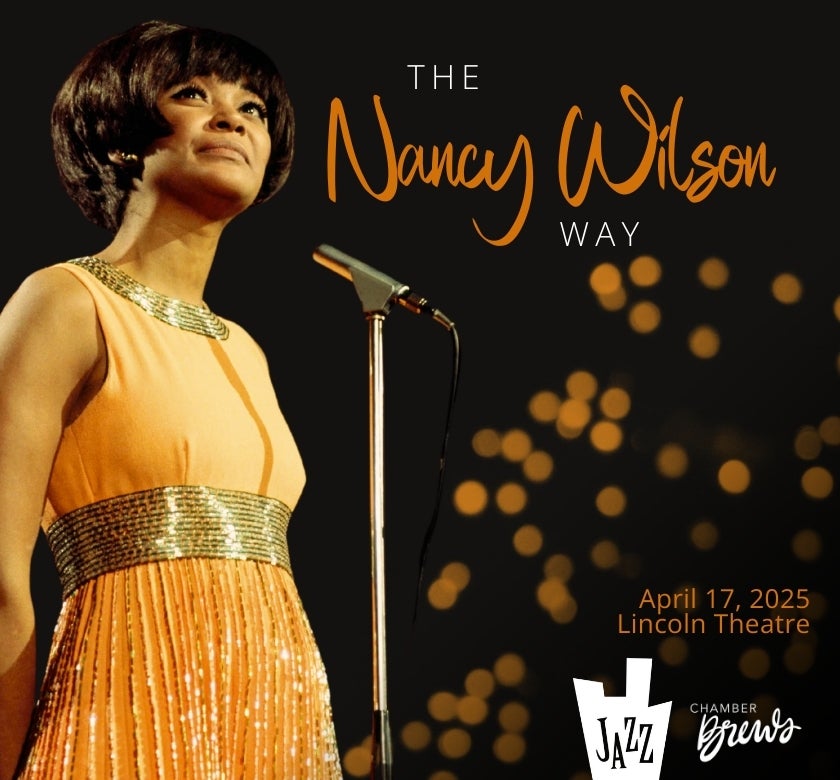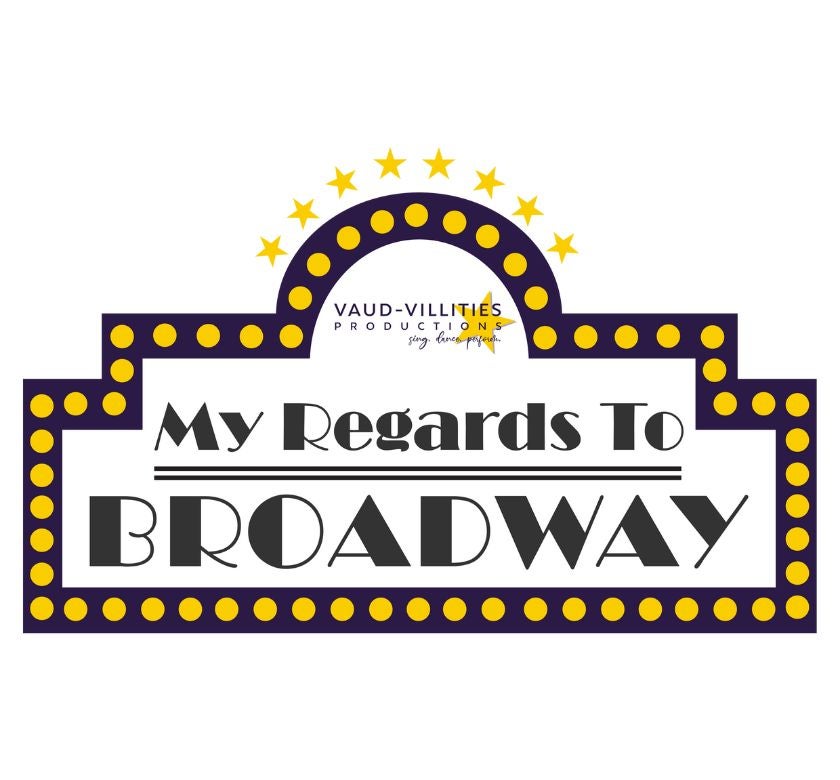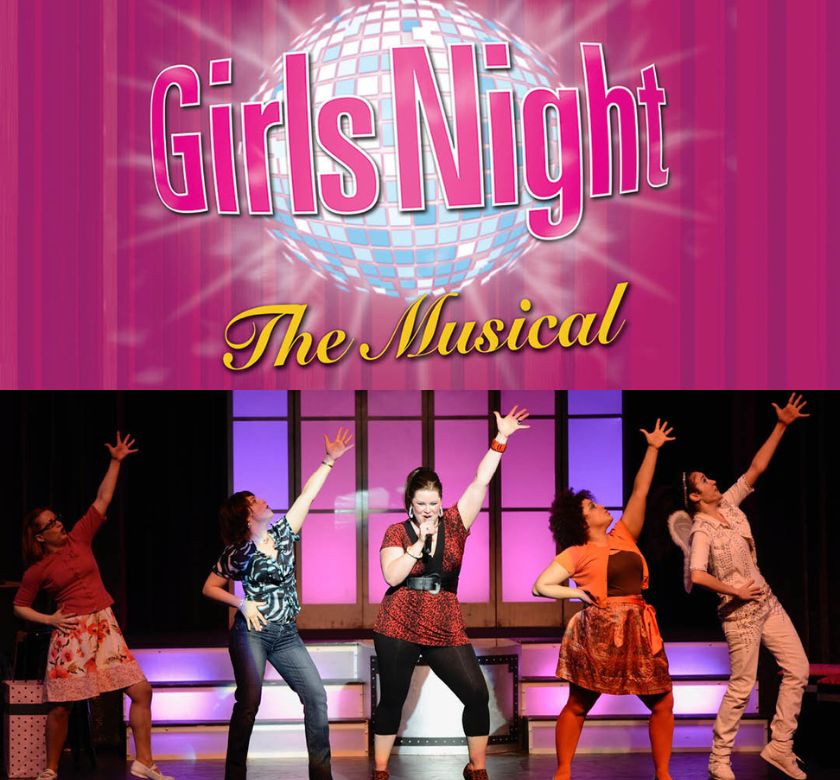Lincoln Theatre
The Lincoln Theatre is located at 769 E. Long Street, on the corner of Long St. and Hamilton Ave. The theatre entrance is on the east side of the building.
Directions
From the North
Take I-71 South to Broad St. exit. Turn left on Broad St. Take the 1st left onto Hamilton Ave/Hamilton Park. Continue to follow Hamilton Ave. Turn right at E. Long St. The Lincoln Theatre will be on the right.
From the South
Take I-71 North to Broad St. exit. Turn right on Broad St. Take the 1st left onto Hamilton Ave/Hamilton Park. Continue to follow Hamilton Ave. Turn right at E. Long St. The Lincoln Theatre will be on the right.
From the East
Take I-70 West to I-71 North. From there, take the Broad St. exit. Turn right on Broad St. Take the 1st left onto Hamilton Ave/Hamilton Park. Continue to follow Hamilton Ave. Turn right at E. Long St. The Lincoln Theatre will be on the right.
From the West
Take I-70 East to I-71 North. From there, take the Broad St. exit and turn right at Broad St. Take the 1st left onto Hamilton Ave/Hamilton Park. Continue to follow Hamilton Ave. Turn right at E. Long St. The Lincoln Theatre will be on the right.
Parking
Lincoln Theatre Parking Lot
Located on the west side of the building.
769 E. Long Street
Columbus, Ohio 43203
Phone: 614-384-5639
Broad Street Presbyterian Church
Please use Garfield Avenue entrance.
760 E. Broad Street
Columbus, Ohio 43205
Phone: 614-221-6552
More Parking Options
For more parking options visit the Downtown Columbus website.
Looking for something else?
Explore a variety of local restaurants, hotels, and more.
Theatre Accessibility
- Accessible seating: Available in select seats in rows A and F of the orchestra, as well as two seats in row C.
- Elevators: Provide access to the loge.
- Accessible restrooms: Located across from the concessions.
- Audio description & ASL services: Available upon request by contacting access@capa.com.
- Listening devices: Located at the box office. Please ask the house manager for assistance (ID or credit card may be required).
- Wheelchairs: Complimentary wheelchairs are located inside the coat check room inside the theatre.
- KultureCity locations:
- Quiet Area: Located in the interior office between the restrooms and the ticket office. Please ask a House Manager for access to the room.
- Headphone Zone: Theatre area is considered a headphone zone.
- Sensory Bags: Please ask a House Manager for a Sensory Bag at the front entrance of the theatre; an ID or credit card may be required to be held during your use of the Sensory Bag.
- View KultureCity page here.
First opened in 1928, the Lincoln Theatre is a landmark in African-American and jazz history. Having undergone a $13.5 million renovation in 2009, funded by a partnership of public and private support, the Lincoln is a multi-use, state-of-the-art performing arts and education center, providing a bustling hub of activity 365 days a year with performances, rehearsals, and classes, as well as a wide variety of community events such as film festivals, meetings, and receptions.
Lincoln Theatre History
A Community Theatre for the King-Lincoln District
In the 1930s and ‘40s, downtown Columbus’ near east side was home to an affluent African-American business and entertainment district, known today as the King-Lincoln District. At the time, segregation actually fueled the commercial and cultural development of the area, as African-American consumers could only patronize the African-American businesses in the neighborhood. As a result, a thriving, self-sufficient community developed which celebrated its cultural heritage and created its own opportunity.
James Albert “Al” Jackson, a very successful African-American real estate owner and entrepreneur, and his partner James “Ernie” Williams built, owned, and operated the District’s Empress Theatre, the Empress Soda Grill, and the Crystal Slipper Ballroom. According to oral history, Jackson was angered by the purchase of the nearby Vernon Theatre by a white-owned theatre chain with a “No Admission to Negroes” policy, and decided to build a grand and beautiful theatre especially for Columbus’ African-American population.
Thanksgiving Grand Opening
Jackson and Williams debuted the Lincoln Theatre, originally named the Ogden Theatre and Ballroom, on Thanksgiving Day 1928. Developed, designed, constructed, and managed entirely by African-Americans, the Lincoln Theatre quickly became the place to see and be seen. Its rich, Egyptian Revival-style décor boasted architectural details inspired by the Temple of Karnak, including massive, ornately gilded stage pillars and a vibrant symbol of Isis above the proscenium arch.
Not long after the theatre’s celebrated opening, a precocious, three-year-old Sammy Davis Jr. spontaneously debuted his talents on the Ogden stage, his first performance in a career that would span more than 60 years.
The community came to the Lincoln for the latest films, vaudeville, and her signature specialty—jazz. From the 1930s to the early 1960s, the King-Lincoln District was known nationally as a major jazz center, and the Ogden Club (later renamed the Lincoln Ballroom) on the second floor of the building became one of the most popular venues in the country for live jazz. Since downtown hotels served “whites only,” traveling African American musicians and performers were housed in King-Lincoln hotels, many just blocks from the Lincoln. Ironically, the racial intolerance which put these musicians in such close proximity to the theatre is believed to have ultimately graced the Lincoln with appearances from legends such as Count Basie, James Brown, Miles Davis, Duke Ellington, Etta James, and Columbus native Nancy Wilson.
Saved from Demolition
For more than 40 years, the Lincoln Theatre provided stage and screen entertainment for Columbus’ African-American community. In the 1960s and ‘70s, however, construction of a major highway displaced more than 10,000 residents and divided the King-Lincoln District from downtown. With this construction, integration, and the growing popularity of the automobile, nearly two-thirds of the neighborhood migrated to the suburbs and the Lincoln Theatre was forced to close its doors. Over the next three decades, the vacant theatre suffered a great deal of damage and was slated for demolition in 1991.
Saved by completion of mandatory repairs to the outer building in 1992, the Lincoln Theatre was officially added to the National Register of Historic Places. In 2000, Columbus Mayor Michael B. Coleman announced that the King-Lincoln District would be revitalized. After careful planning with area residents and businesses, in 2002, Mayor Coleman declared that a fully renovated Lincoln Theatre would be the cornerstone of his plans for the neighborhood’s revival.
The City of Columbus purchased the property and recruited CAPA to spearhead the 18-month renovation. With further funding by Franklin County and a number of visionary and generous private corporations, the Lincoln Theatre reopened in May 2009 as Columbus’ only urban performing arts and education center.


